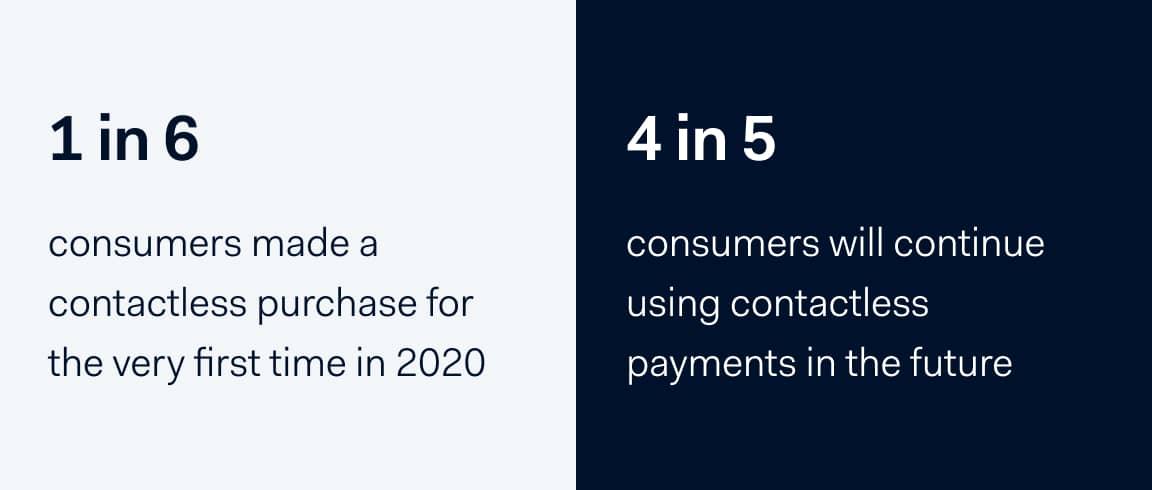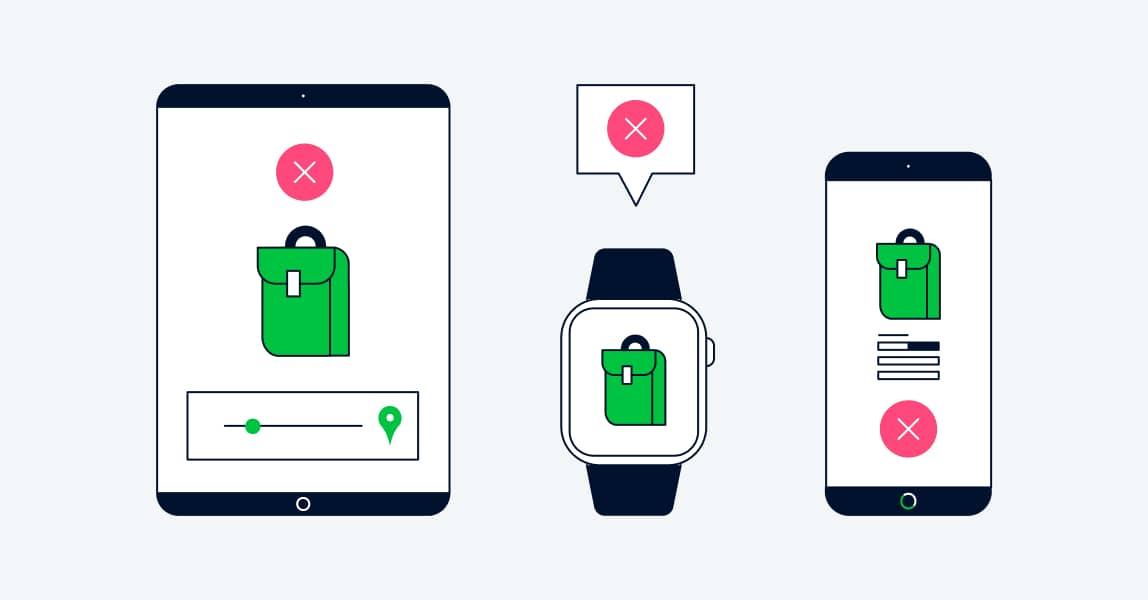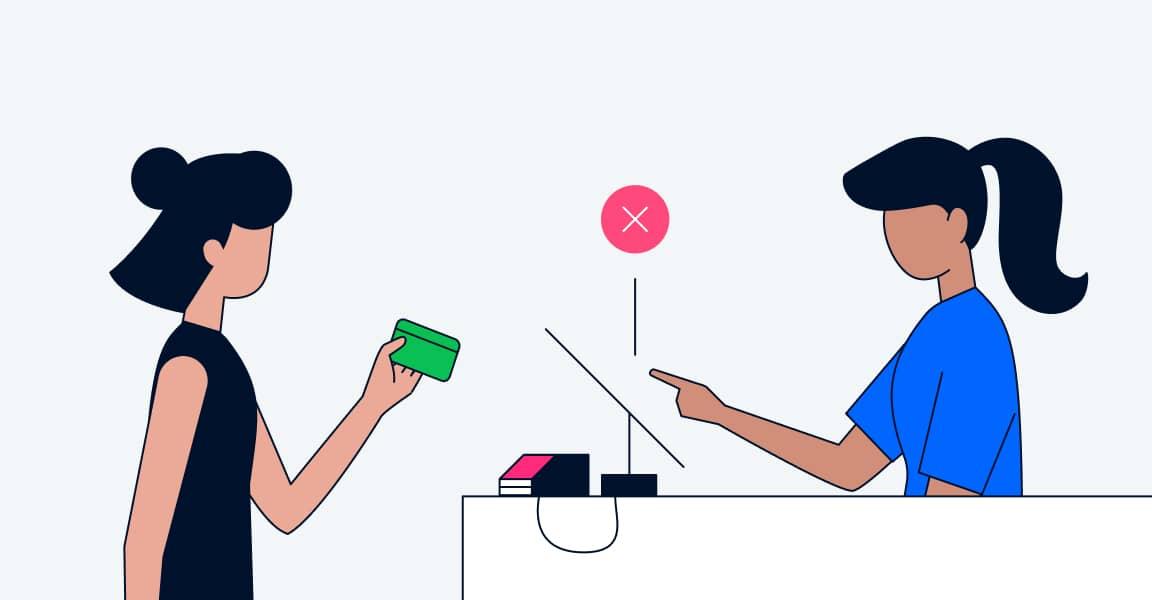Guides and reports
3 ways to make touch-free payments work for your business
Contactless and touch-free payments are skyrocketing in North America, but that doesn’t mean any checkout will do — here’s why.

With every card tap, curbside pickup, and in-app checkout, North American consumers are falling in love with the convenience and speed of touch-free payments.

85% first-time users in the US said they’d use contactless payments again, according to a survey from 451 Research in 2020. And in Canada, adoption of contactless card and mobile payments just keeps on growing, boasting a 41% increase in volume and value since the pandemic.
In ourprevious blogon contactless payments, we broke down the four main ways merchants can go touch-free. In this article, we’ll explore how to make touch-free payments work for your business — including three considerations to keep in mind as you ramp up enablement.
Contactless payments are here to stay in North America
While it’s tempting to dismiss the surge in contactless payments as a side effect of the pandemic, COVID-19 accelerated a trend already long in the works. In fact, 62% of cardholders with a contactless card were already using it for tap-to-pay purchases at the start of 2020.
There’s no denying that since COVID there has been an opportunity to try out new payment methods and checkouts for consumers. In March 2020, one in six people made a contactless purchase for the very first time — and four in five said they’d carry on using it.

As we digitize, touch-free payments andunified commerceexperiences are critical for creating attractive checkout flows while transitioning to a post-COVID era. When asked what do they find attractive now, consumers called out the following:
- 23% prefer contactless payments over paying by card
- 68% are loyal to a retailer that lets them shop online and return in store or vice versa
- 47% think retailers were fast and effective in adopting new technology
But just because demand is growing for touch-free payments doesn’t mean any checkout experience will do. To avoid dissuading consumers from your business, it’s important to prioritize payments in your strategy. Here’s what else to consider before diving in.
3 pitfalls to avoid during implementation
Whether you decide to upgrade your terminals to accept contactless credit cards, extend the reach of your sales counter with a mobile point of sale (mPOS), or optimize your app with better checkouts, every merchant’s journey with touch-free payments is unique.
There are, however, a number of high-level pitfalls merchants can avoid with a little preparation. Here are three of them to keep in mind as you implement touch-free payments.

Pitfall #1: Not putting the customer experience first
With every transaction more important than ever, limiting frustration for your customers and making them feel safe is paramount. That means putting consumers first both in-person and online as you ramp up contactless and touch-free payments for your business.
It also means managing lines and ensuringpublic health standardsare being upheld. Payments can play a large part in speeding up checkouts and therefore lines and dwell time, but it won’t matter how quickly you can get people in and out if you’re not making it easy for them to stay socially distanced.
The solution
Ask yourself, how would my customers want to pay? Then, make it easier for them to do so from a design and technology perspective across your brand’s website, app, and other touch-free shopping experiences.
Unified commerce presents a $1.2 trillion opportunity for retailers. Learn more about giving customers the cross-channel experiences they want in our North America Retail Report.

Pitfall #2: Not prioritizing payments
Payments isn’t something you can just change overnight. While your payment provider is there to help you get up and running with specific payment methods in a timely fashion, if your app experience is clunky or your website’s checkout lengthy, you risk losing out on transactions.
That’s why it’s important to be highly selective when choosing a payments provider. You want a technology-first partner that does everything you need it to do in a unified solution. So when the time comes to pivot your business quickly (for example,to ecommerce in a pandemic), you can.
The solution
Simplify your business model by consolidating your payments with a single service provider. You get one contract for all local payment methods, one platform for all channels, one reconciliation/settlement process that reduces the burden on finance, and one source of truth for your data.

Pitfall #3: Not educating employees on how to use the technology
To help ensure a smooth customer experience, it’s critical to think beyond implementation to education — for your staff and managers. It won’t matter if you offer tap-and-pay or curbside pickup if employees don’t know how to help first-time users make their purchase.
As Jordan McKee of 451 Research said in our Spotlight webinar: “You can do a great job on the technology front, but if front-line workers don’t understand, operationally, how to deal with these experiences or how to educate the customer, then you run into a lot of challenges.”
The solution
Train employees on how touch-free and contactless payments work. They should know how close a contactless card or mobile wallet must be held to the terminal for a transaction to go through. They should also know CVM limits for contactless credit cards before a customer needs to enter their PIN and that there are no limits when a customer uses a mobile wallet.
How to move forward with touch-free payments
While it’s true cash won’t go away anytime soon, there’s no denying contactless payments are picking up speed in the US and Canada. As you map out your contactless and touch-free strategy, what things should you keep in mind?
Here’s three that the experts from 451 and Adyen recommend:

Forget about dwell time, focus on efficiency.
Whether you’re a retailer looking to bring more people in-store or a fast casual restaurant wanting to boost ATV, speed is key. Contactless and touch-free payments are perfect for getting customers through your checkouts as quickly as possible.

Meet your customers where they’re at.
Some customers are ready to be in-person, others need more reassurance. Multiple payment and checkout options can help you meet different people’s needs, whether they’re first-time contactless card users or app-happy, mobile wallet-wielding pros.

Start with your payments infrastructure.
An ecommerce market most experts thought wouldn’t exist for three to five years has arrived. Now’s a good time to address siloed tech stacks and multiple payments partners that prohibit adaptability.